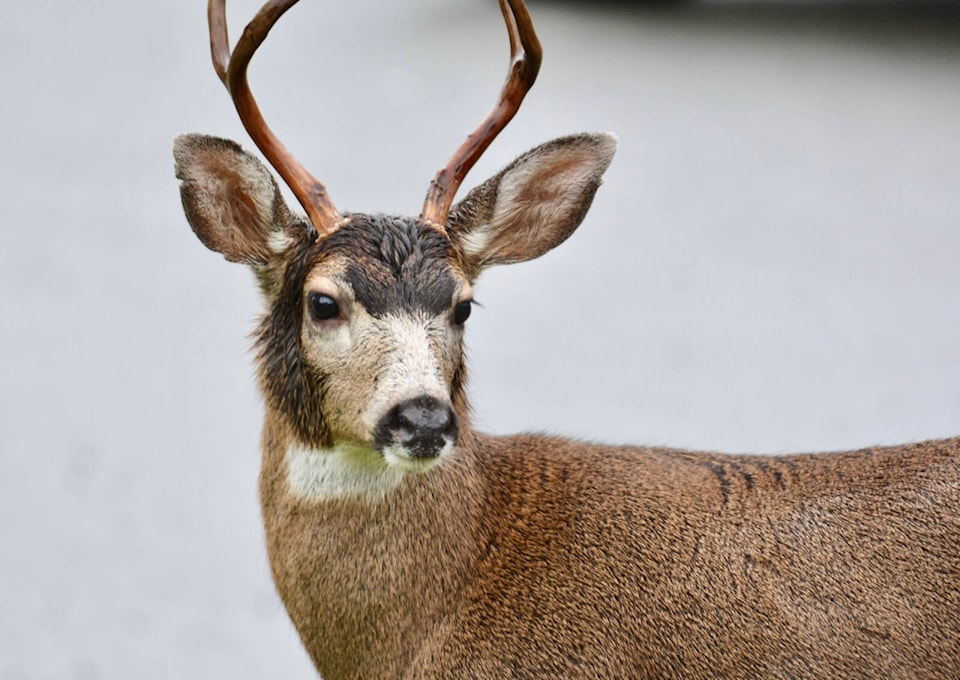While we’ve all enjoyed the long, sunny transition to fall, the shorter, darker, and yes, rainier days are on the way. So whether you’re commuting by car, bike, scooter or skateboard, you know that also means you’ll be on the road at the same time that deer are also more active, at dawn and dusk.
At the same time, younger deer may lack the “street sense” of the older does and bucks, so whether they’re simply unaware or get spooked by a dog or car, for example, deer can bolt from bushes, gardens or between parked cars … and right into traffic.
Add to that the slick streets, the glare from headlights and busier roadways as we head back to work, school and activities, and you have a “perfect storm” for both deer and travellers to navigate, explains Kristy Kilpatrick, with Oak Bay’s Urban Wildlife Stewardship Society.
To help avoid collisions with deer (and other road users):
- Slow down & scan ahead – Especially important in areas deer are known to frequent, but good practice wherever you’re driving as children, dogs, deer and others can appear quickly and without warning.
- Anticipate deer + give them space – Deer rarely travel alone, so if you see one, others will typically follow. Give them time and space to pass safely.
- Drive defensively – In your vehicle, if a collision with wildlife seems imminent, avoid swerving, as this can cause more damage and personal injury. Instead, remove your foot from the accelerator and brake lightly, keeping the vehicle straight.
Bucks being bucks
If dark days and rain weren’t enough, further adding to fall and winter mix is rutting season, beginning later this month. As bucks become single-minded in their purpose, they can easily follow the scent of a doe … right into the road.
You might also see bucks tangling with trees, poles or anything else they can practice their bravado on, and later engaging in tussles with other bucks as they strut their stuff for the does. While it may appear aggressive, in fact, it’s just bucks being bucks and they typically have little interest in us or anything else.
As always, leave an escape route for deer that’s far away from yourself. Because dogs – no matter their size – are perceived as a threat, always check your yard carefully for deer before letting your dog out, and when walking, keep them leashed. If you encounter a deer, shorten the lead, stop it barking if possible, and back away to give deer more distance.
Oak Bay research update
While deer may be more noticeable in the fall, it doesn’t mean there’s more of them. In fact, Oak Bay’s ongoing immunocontraceptive initiative has seen a 60 per cent reduction in the fawning rate after the first year.
This fall, the team will continue collecting and analyzing data from the cameras to determine if the results are similar from year to year.
To learn more about reducing conflicts with urban deer, and Oak Bay’s immunocontraceptive work, visit uwss.ca
